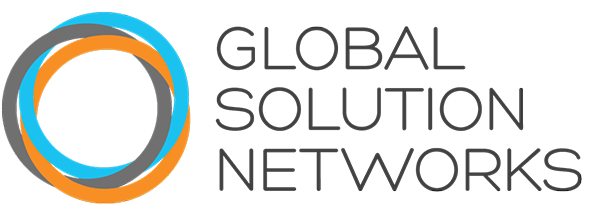Today is “World Elephant Day,” a day that celebrates the special beauty of the big animals, but also underlines the issues of poaching and trafficking of these remarkable animals and other wildlife being victimized by the illegal wildlife and ivory trade. It is meant to “spread awareness, share knowledge, and provide solutions for better care and management of both captive and wild elephants,” according to the World Elephant Day website. The International Union for Conservation of Nature lists African elephants as “vulnerable” and Asian elephants as “endangered.”
This year has seen some important steps on the world stage. President Obama has issued an Executive Order to Combat Wildlife Trafficking that followed his 2014 National Strategy for Combating Wildlife Trafficking. While visiting Kenya last month, Obama also announced a clause in legislation being proposed by the US Fish and Wildlife Service that will nearly ban commercial trade of African ivory in the US. China has made encouraging statements regarding the elimination of its domestic ivory market as well.
The UN has also called on member nations to support a landmark resolution to “prevent, combat, and eradicate the illegal trade in wildlife.” The resolution recognizes the threat of widespread poaching and trafficking by organized crime, and expresses concern with regard to human health and safety, security, governance and sustainable development. It calls for strengthening of enforcement efforts, and also calls on member nations to recognize it as a transnational problem.
To engage participation in conservation efforts and awareness of the issues around the poaching of these animals, The Nature Conservancy has made a challenge on World Elephant Day to create an “elegram,” a handmade representation of an elephant in any medium, and to post it on social media. More than just a hashtag, the promotion is hoping to generate 20,000 “elegrams” representing the number of baby elephants expected to be born this year. Posts tagged with #elegram are being recognized by a donor with at least $150,000 in pledged donations to the project.


